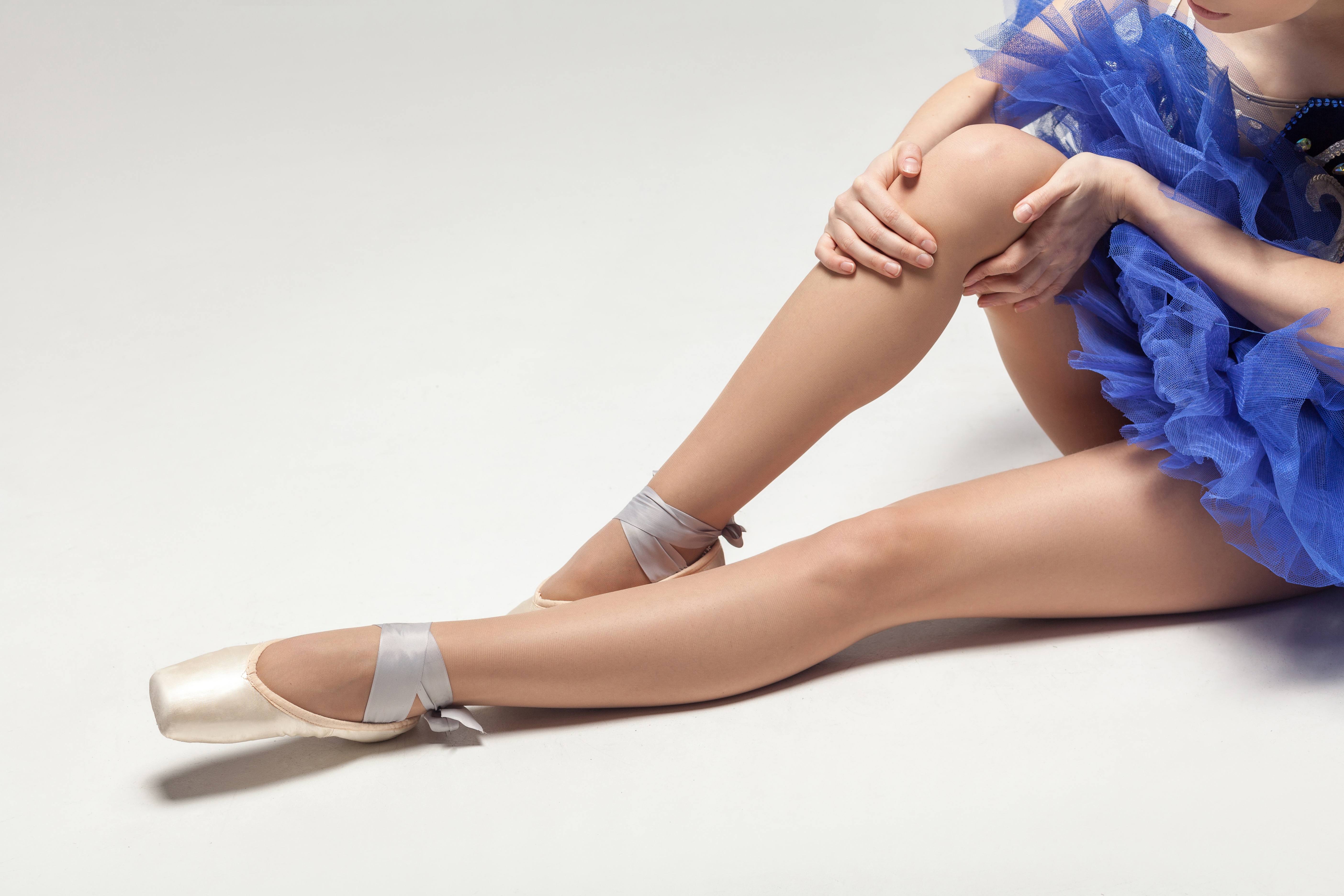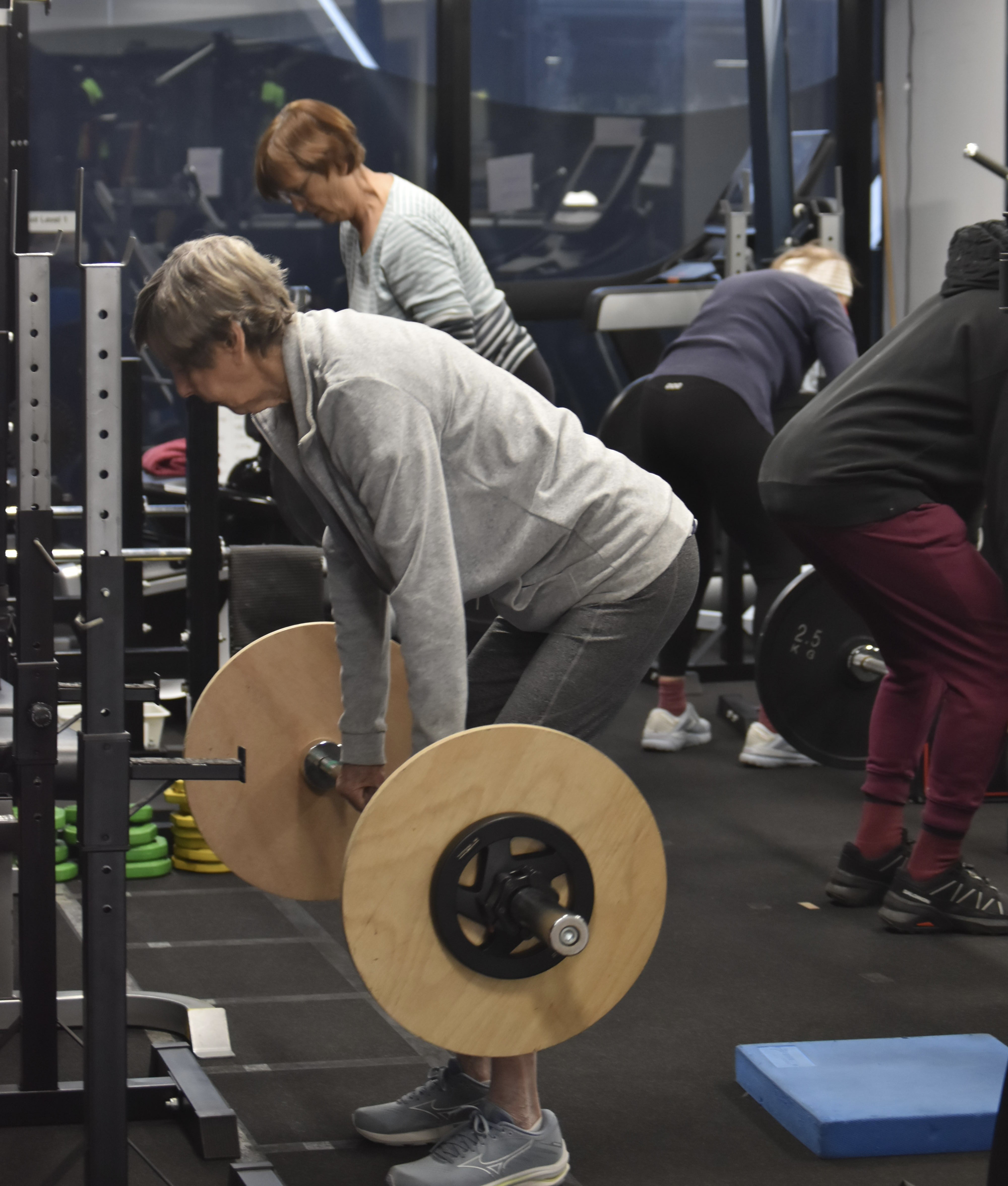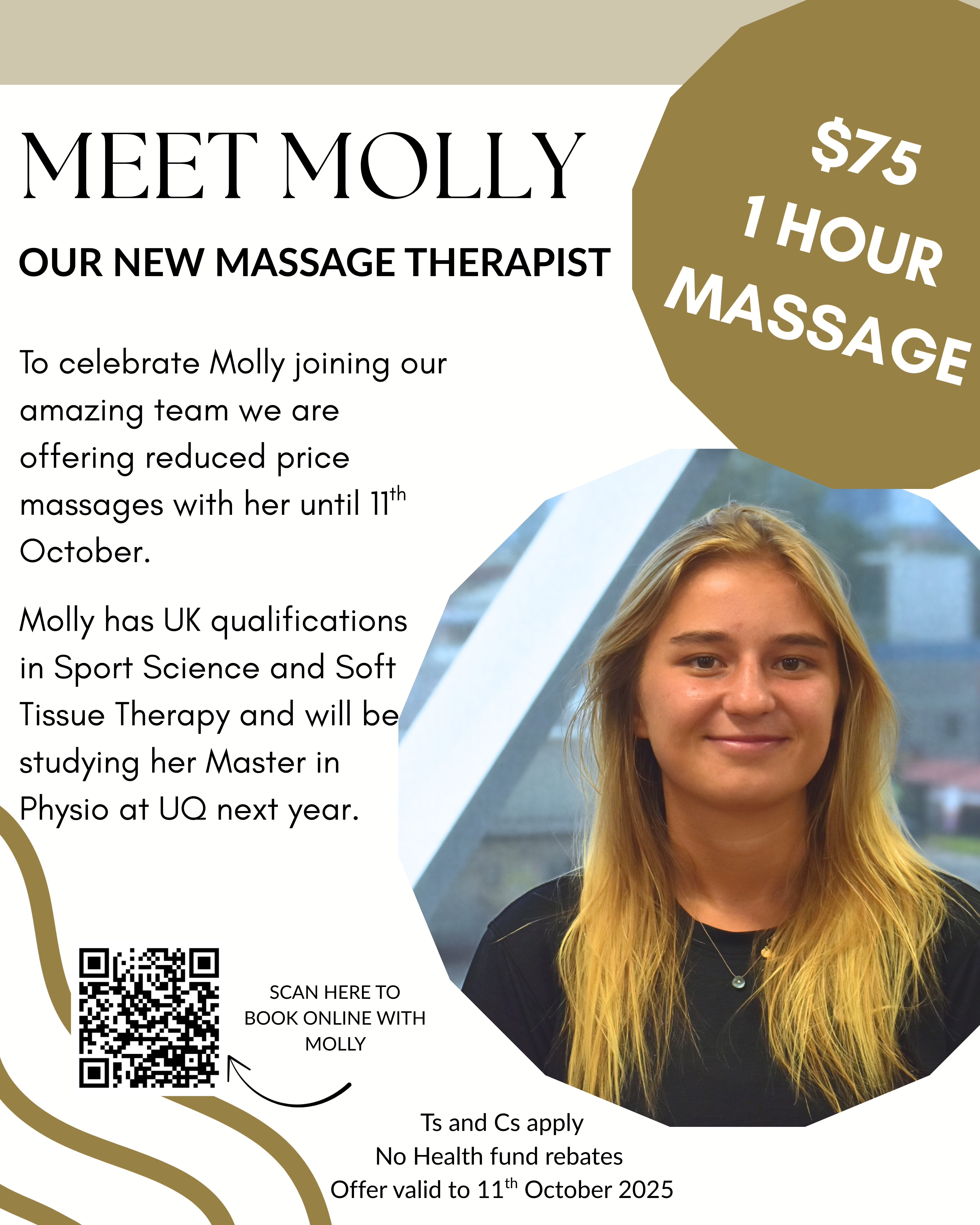Massage Therapy For Headache Relief Applications Benefits And Research
Headaches are one of the most common medical complaints worldwide, affecting millions of people every day. From tension headaches to migraines, these debilitating conditions can severely impact quality of life, productivity, and overall well-being. While pharmaceutical treatments are often used to manage headache pain, increasing attention is being given to non-invasive therapies, such as massage, for their potential to relieve symptoms and promote long-term health.
Understanding Headaches
Headaches can be categorised into primary and secondary types. Primary headaches, such as tension-type headaches, migraines, and cluster headaches, are not caused by any underlying medical condition. Secondary headaches, on the other hand, are a symptom of another health issue, such as sinus infections, head injuries, or brain tumors. Among the most prevalent are:
Tension-Type Headaches (TTH): These are the most common form of headache, typically presenting as a constant, dull pain around the head, often accompanied by neck and shoulder tightness.
Migraine: A severe, often debilitating headache, migraines are characterised by throbbing pain, nausea, vomiting, and sensitivity to light and sound. Migraines can last for hours or even days.
Cluster Headaches: These are intense headaches that occur in cycles or clusters, often on one side of the head, and are accompanied by symptoms like eye watering, nasal congestion, or drooping eyelids.
Cervicogenic Headaches: These are caused by stiffness through the upper vertebrae of the neck which can cause pain into the head, behind the eyes and reduced range of motion
Despite their differences, most headaches share common triggers such as stress, muscle tension, poor posture, dehydration, and sleep disturbances. Massage therapy, with its ability to address muscle tension, improve circulation, and reduce stress, has become an increasingly popular option for headache sufferers.
Applications of Massage for Headache Relief
Massage therapy involves manipulating the soft tissues of the upper body to reduce pain, enhance circulation, and promote relaxation. When applied for headache relief, specific techniques are used to target the areas of the body that are most likely to cause or exacerbate headache pain. These include:
- Cervical and Shoulder Massage: Tension in the neck and shoulders is a common trigger for tension-type headaches. Massage targeting these areas can help release tight muscles and alleviate the pressure that contributes to headache pain.
- Scalp and Temple Massage: Massaging the scalp, temples, and forehead can help to reduce headache symptoms, particularly in cases of tension headaches and migraines. Light, circular motions around the temples, forehead, and scalp can help promote relaxation, release tension, and improve blood flow to the affected areas.
- Face and Jaw Massage: In some cases, headaches are related to jaw tension or temporomandibular joint (TMJ) disorders, which can lead to muscle tightness in the jaw, face, and head. Massaging these areas, including the masseter muscles (located in the jaw), the temporalis muscles (on the sides of the head), and the Digastric muscles (located under the jaw) can provide relief.
- Whole-Body Therapeutic Massage: For some headache sufferers, a full-body massage focusing on overall relaxation, general muscle release and stress relief can be beneficial. Often having some extra focus through the upper body, particularly neck and shoulders, is greatly beneficial as stress is often carried in these areas of the body.
- Trigger Point Therapy: Trigger points are tight, often hypersensitive areas within muscle tissue that can cause referred pain elsewhere in the body. By targeting these points with firm sustained pressure, massage therapists can help alleviate headache pain by addressing the root cause of muscular tension.
Benefits of Massage Therapy for Headache Relief
Research and clinical experience support the use of massage therapy as an effective treatment for various types of headaches. The benefits of massage for headache relief include:
1. Pain Reduction
One of the most immediate and noticeable benefits of massage therapy for headache sufferers is pain reduction. Massage helps to increase the flow of blood and lymph, which can alleviate muscle tension, reduce inflammation, and improve circulation to the head and neck areas. For people suffering from tension headaches, massage can provide significant relief in just one session.
2. Stress and Anxiety Reduction
Stress is a major trigger for many types of headaches, especially tension-type headaches and migraines. Massage therapy is widely recognised for its ability to reduce stress and promote relaxation. Through techniques like deep breathing and muscle relaxation, massage helps reduce the levels of cortisol, the body’s stress hormone, and triggers the release of endorphins, the body's natural painkillers. This can help prevent headaches caused by emotional stress.
3. Improved Range of Motion
Many people with chronic headaches, especially tension-type headaches, also experience restricted movement in their neck and shoulder muscles due to muscle stiffness. As a lot of jobs involve increased sitting or leaning over a desk, treatment table or even lots of travel can lead to restrictions within the neck, shoulder, thoracic and lower back muscles. Massage therapy can help release this tightness and improve flexibility and range of motion, which in turn can reduce headache frequency and intensity.
4. Enhanced Sleep Quality
Because headaches often disrupt sleep, improving sleep quality can help in managing headaches. Regular massage therapy is known to improve overall sleep by inducing relaxation and lowering stress levels. A well-rested body is better able to cope with headache triggers and may experience fewer headaches.
5. Reduced Frequency and Intensity of Migraines
A growing body of research indicates that massage therapy may be beneficial in reducing both the frequency and intensity of migraines. One study found that migraine sufferers who received massage therapy experienced fewer and less intense attacks compared to those who did not. This effect is likely due to massage’s ability to reduce muscle tension, alleviate stress, and promote relaxation—all of which are common migraine triggers.
Conclusion
Massage therapy offers a natural and effective treatment option for those suffering from headaches, particularly tension-type headaches and migraines. By addressing underlying issues such as muscle tension, poor circulation, and stress, massage can provide both immediate relief and long-term benefits. Whether as a standalone treatment or in combination with other therapies such as Pilates or Exercise Physiology to help with postural imbalances, massage has proven to be a valuable tool in the management of headache pain. With continued research and growing patient satisfaction, massage therapy is likely to remain an important part of headache treatment strategies for the foreseeable future. Contact our team at Revive to help get you booked and start your journey to a headache-free life.
.svg)





